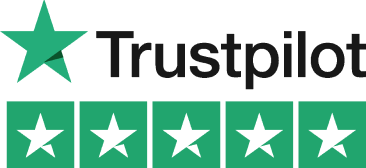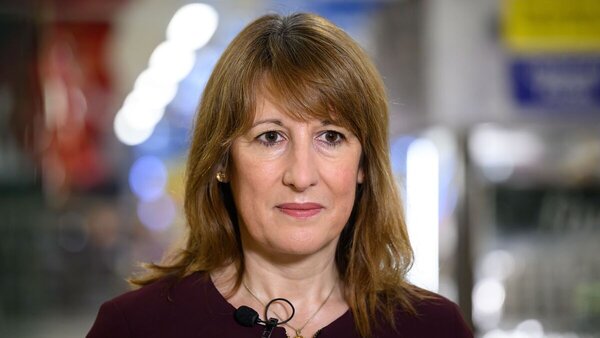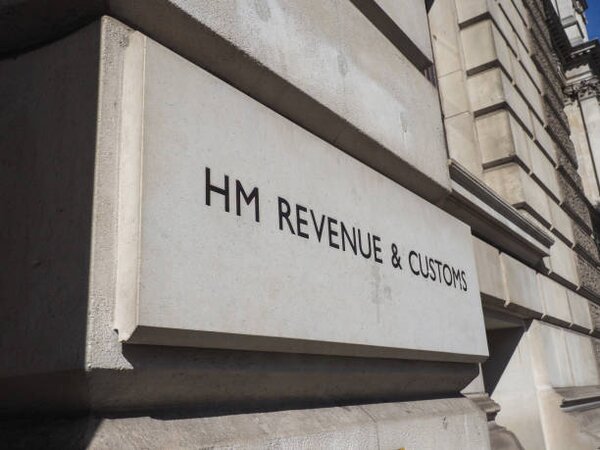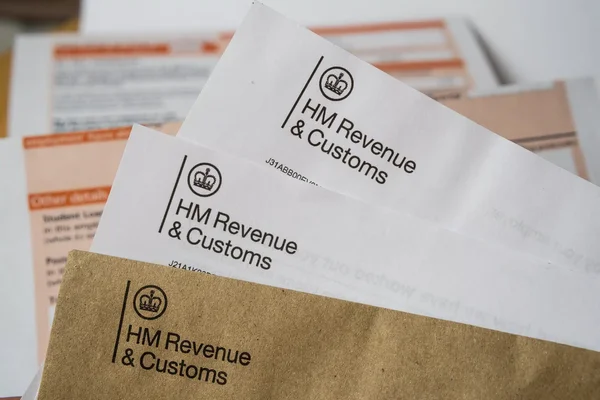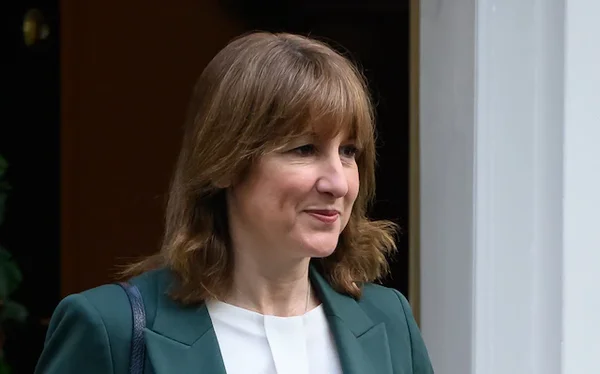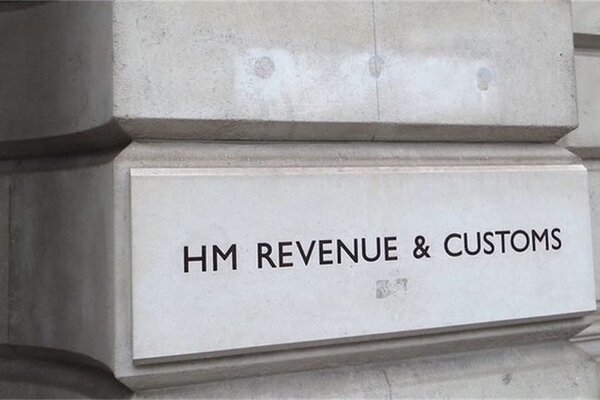Understanding Setting Up a Business Page to Sell Used Items as a Sole Trader

Are you an aspiring sole trader in the UK, puzzled about setting up a business page to sell used items? Worry not! We've got you covered with a comprehensive guide on how to successfully establish your online presence and sell second-hand goods.
Building Your Business Page: Key Components to Consider
When you are setting up a business page to sell used items, it's crucial to understand the following components:
Your business name is your identity. It should be unique, relevant to the items you sell, and easy to remember. Strong branding helps build trust and distinguishes you from competitors.Business Name and Branding
Choosing the right platform is essential. Whether it’s social media, dedicated e-commerce websites, or general marketplaces, each platform has its own set of features and audience.Platform Selection
Ensure compliance with UK laws regarding sole traders. Register your business, maintain proper records, and understand tax obligations to avoid legal complications.Legal Compliance
How to Set Up Your Business Page
Follow these steps to set up your business page seamlessly:

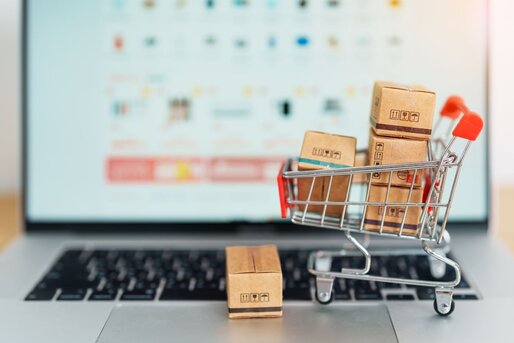



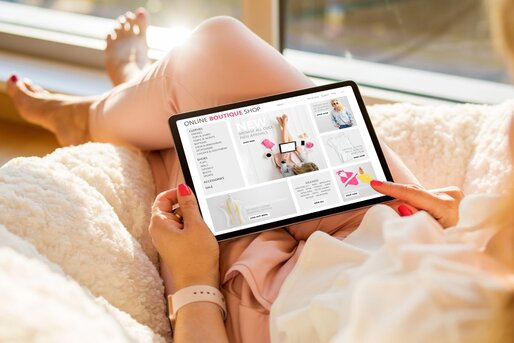
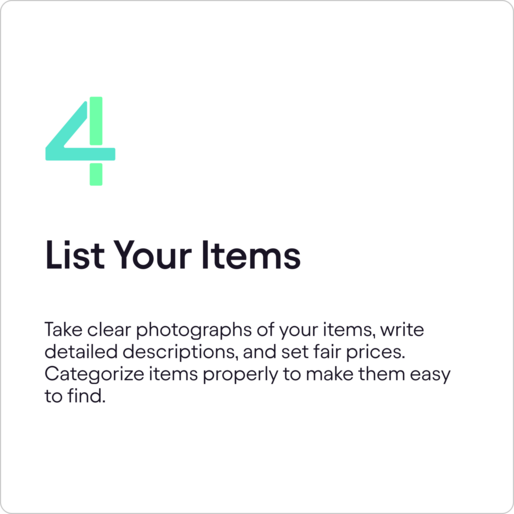



Platform Options for Selling Used Items

Option 1: Platform Options for Selling Used Items
Platforms like Facebook Marketplace and Instagram Shopping offer powerful tools to connect with a wide audience through social networking features. These platforms enable businesses to showcase products directly to potential customers, leveraging their extensive user bases for effective marketing and sales. By integrating social networking, they enhance customer engagement and provide opportunities for targeted advertising.
Option 2: E-commerce Websites
Websites like eBay and Gumtree specialise in second-hand items and provide tools to assist with listing and transactions. These platforms make it easy for users to sell pre-owned goods by offering features that streamline the selling process. By connecting buyers and sellers directly, they facilitate smooth and secure transactions. This makes them popular choices for those looking to buy or sell second-hand items.

Additional Considerations

Provide excellent customer service to build trust and encourage repeat business.Customer Service:

Keep track of your stock to avoid overselling and to plan restocking efficiently.Inventory Management:

Encourage and manage customer feedback to improve your service and credibility.Feedback Management:
Expert Assistance with PIE Tax
Navigating the complexities of setting up a business page and managing your taxes as a sole trader can be daunting. With Pie.tax, you have access to expert assistance that can guide you through the process. Simplify your accounting and tax obligations, so you can focus on growing your business.

75% of UK shoppers have bought second-hand goods online.

The second-hand retail market in the UK was valued at £18 billion in the last year.
Frequently Asked Questions
Do I need to register as a sole trader if I only sell used items part-time?
Yes, if you are making regular income from selling used items, you should register as a sole trader with HMRC.
What records do I need to keep as a sole trader?
Maintain records of all sales, expenses, invoices, and receipts. Accurate records are essential for tax returns.
Do I need to pay VAT on selling used items?
Generally, VAT is not applicable for small sole traders unless your turnover exceeds the annual VAT threshold.
Can I sell used items on multiple platforms simultaneously?
Yes, you can list your items on multiple platforms to reach a wider audience but ensure proper inventory management to avoid overselling.
How do I handle returns and refunds?
Clearly define your return and refund policy on your business page and handle customer inquiries promptly to maintain trust and satisfaction.


